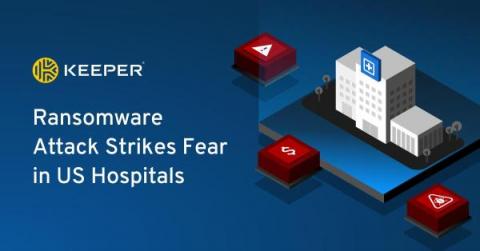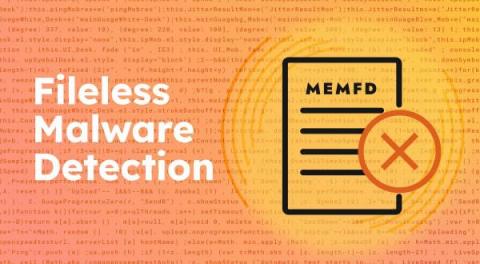What Is Scareware?
Scareware is a type of social engineering cyberattack that uses psychological manipulation to trick victims into downloading malware disguised as antivirus software. Cybercriminals trick users with frightening, urgent messages in pop-ups or emails which claim their computer is infected. Continue reading to learn how scareware attacks work, how to avoid falling victim to them and how to remove scareware from your devices.











